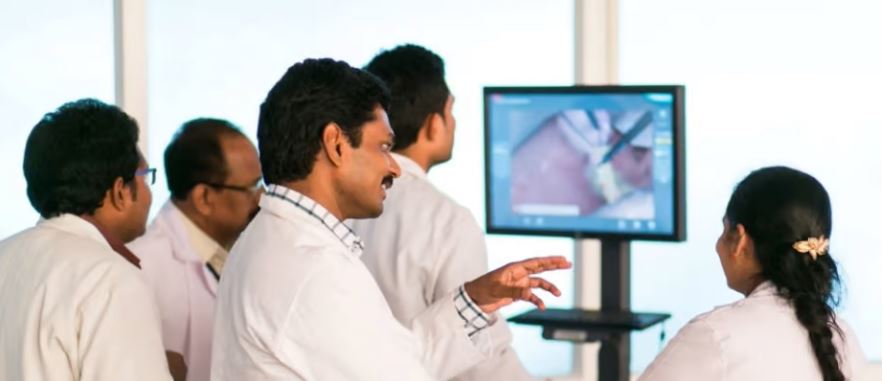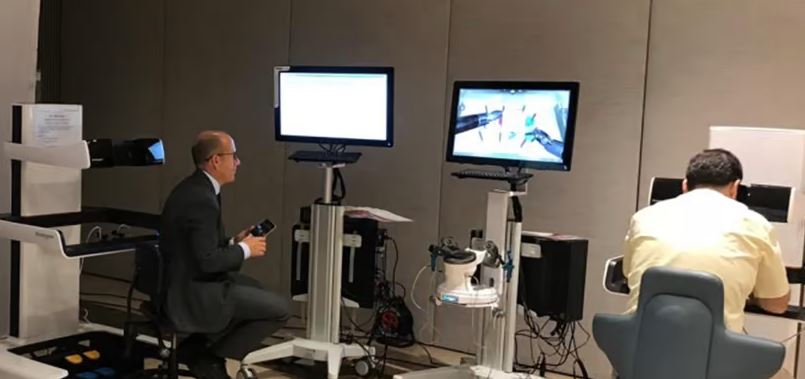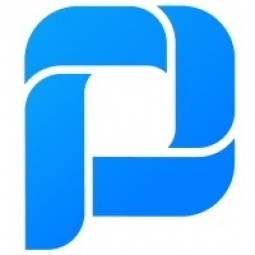Customer Company Size
Large Corporate
Region
- America
Country
- United States
Product
- ProcessMaker
Tech Stack
- Low-code BPM
- Workflow Software
Implementation Scale
- Enterprise-wide Deployment
Impact Metrics
- Productivity Improvements
- Digital Expertise
Technology Category
- Platform as a Service (PaaS) - Application Development Platforms
Applicable Industries
- Education
Applicable Functions
- Human Resources
- Business Operation
Use Cases
- Digital Thread
- Process Control & Optimization
Services
- System Integration
- Software Design & Engineering Services
About The Customer
Tulsa Community College (TCC) is a higher education institution in Tulsa, Oklahoma. Nearly 30,000 students attend each semester, making it the largest two-year college in the state. TCC ranks first in the nation in granting associate degrees to Native American students. The college is comprised of a conference center and four different campuses spread out across the Tulsa metropolitan area. Over 2,700 people are employed by the college, including 275 full-time faculty. The college was reliant on paper-based applications that resulted in significantly slower student response times, along with slower communication between staff members. The absence of a document management system and automated workflow solution created busywork among the personnel.
The Challenge
Tulsa Community College (TCC) is a multi-campus institution that was heavily dependent on paper applications and request forms. Their staff struggled with timely approvals as their paper forms had to go from one campus to another for various sign-offs and permissions. This caused its administrative workflows to become very tedious. The college’s processes were 100% manual, making paperwork a hassle and the approval process time-consuming. TCC was relying on an interoffice mail system that ran twice a day, meaning forms had a four to five hour delay at best. Tulsa’s multicampus organization, departments, faculty, and database administration needed a workflow solution strong enough to power its entire enterprise.
The Solution
With ProcessMaker, Tulsa could keep its existing solutions while taking advantage of the capabilities of its robust workflow platform. ProcessMaker allowed Tulsa to seamlessly integrate its existing systems with the new platform to coordinate more movement across its workflows, a dynamic that is paramount to inter-departmental success. ProcessMaker seamlessly integrates with TCC’s many systems, including Finance, Accounts Receivable, Office of Advancement, Human Resources, Financial Aid, Student Advisement, and Student Registration. The current graduation approval process is electronic and runs concurrently, allowing applications to be approved infinitely faster. For leave requests, TCC employees can check their own leave balance and any pending leave requests. ProcessMaker has innovated the faculty’s processes at Tulsa’s student testing centers. ProcessMaker has since then digitized all of the forms, so now exams can be pulled up anywhere, regardless of which testing center the student visits.
Operational Impact
Quantitative Benefit

Case Study missing?
Start adding your own!
Register with your work email and create a new case study profile for your business.
Related Case Studies.

Case Study
Revolutionizing Medical Training in India: GSL Smart Lab and the LAP Mentor
The GSL SMART Lab, a collective effort of the GSL College of Medicine and the GSL College of Nursing and Health Science, was facing a challenge in providing superior training to healthcare professionals. As clinical medicine was becoming more focused on patient safety and quality of care, the need for medical simulation to bridge the educational gap between the classroom and the clinical environment was becoming increasingly apparent. Dr. Sandeep Ganni, the director of the GSL SMART Lab, envisioned a world-class surgical and medical training center where physicians and healthcare professionals could learn skills through simulation training. He was looking for different simulators for different specialties to provide both basic and advanced simulation training. For laparoscopic surgery, he was interested in a high fidelity simulator that could provide basic surgical and suturing skills training for international accreditation as well as specific hands-on training in complex laparoscopic procedures for practicing physicians in India.

Case Study
IoT platform Enables Safety Solutions for U.S. School Districts
Designed to alert drivers when schoolchildren are present, especially in low-visibility conditions, school-zone flasher signals are typically updated manually at each school. The switching is based on the school calendar and manually changed when an unexpected early dismissal occurs, as in the case of a weather-event altering the normal schedule. The process to reprogram the flashers requires a significant effort by school district personnel to implement due to the large number of warning flashers installed across an entire school district.

Case Study
Implementing Robotic Surgery Training Simulator for Enhanced Surgical Proficiency
Fundacio Puigvert, a leading European medical center specializing in Urology, Nephrology, and Andrology, faced a significant challenge in training its surgical residents. The institution recognized the need for a more standardized and comprehensive training curriculum, particularly in the area of robotic surgery. The challenge was underscored by two independent studies showing that less than 5% of residents in Italian and German residency programs could perform major or complex procedures by the end of their residency. The institution sought to establish a virtual reality simulation lab that would include endourological, laparoscopic, and robotic platforms. However, they needed a simulator that could replicate both the hardware and software of the robotic Da Vinci console used in the operating room, without being connected to the actual physical console. They also required a system that could provide both basic and advanced simulation training, and a metrics system to assess the proficiency of the trainees before they performed surgical procedures in the operating theater.

Case Study
Edinburgh Napier University streamlines long-distance learning with Cisco WebEX
• Geographically dispersed campus made in-person meetings costly and inconvenient.• Distance-learning programs in Malaysia, India, and China required dependable, user-friendly online tools to maximize interaction in collaborative workspaces.• Virtual learning environment required a separate sign-in process, resulting in a significant administrative burden for IT staff and limited adoption of collaboration technology.

Case Study
8x increased productivity with VKS
Before VKS, a teacher would spend a lot of time showing a group of 22 students how to build a set of stairs within a semester of 120 hours. Along with not leaving the teacher much time to provide one-on-one support for each student to properly learn carpentry, it also left a considerable amount of room for error. Key information would be misinterpreted or lost as the class was taught in the typical show-and-tell way.

Case Study
Scalable IoT Empowering GreenFlex's Sustainable Growth
GreenFlex, a company that supports sustainable development, decarbonization, and energy efficiency, faced several challenges in its quest to expand its business. The company needed to deploy a robust and sustainable IoT technology to support its growth. It was crucial for them to monitor and control devices at customer sites in a safe and reliable manner. They also needed to integrate devices across a range of communication protocols and gather and act on data to meet efficiency targets. GreenFlex had previously built IoT capabilities into its digital platform, GreenFlexIQ, to monitor and manage customer sites remotely. However, they soon realized that they needed a new platform to support their ambitions. They needed a platform that could scale to connect more devices for production management and make it easier for the operations team to manage devices in the field.







